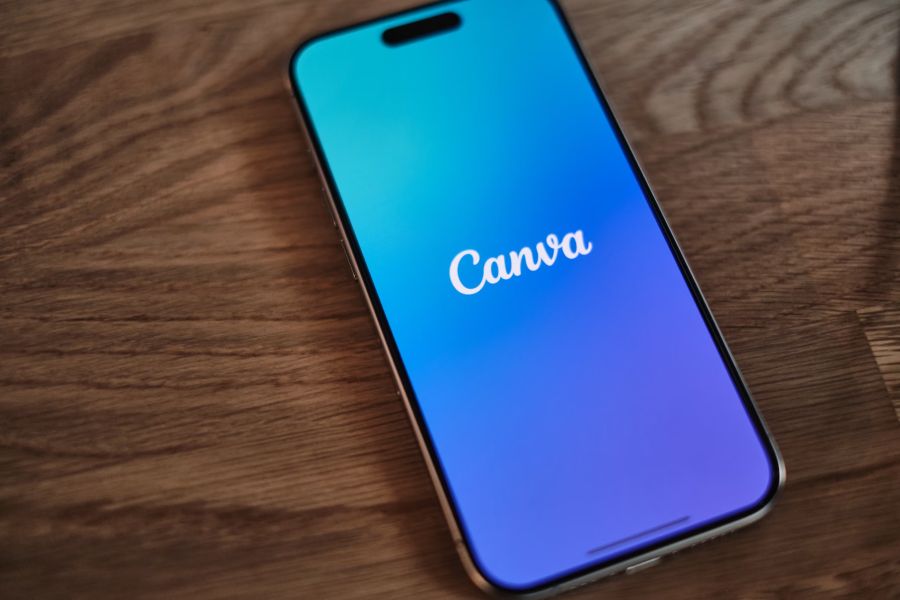How to Use Canva with a Proxy: A Simple and Effective Guide

Canva has become the go-to design tool for millions of users around the world, whether they’re creating professional presentations, social media graphics, or even custom branding kits. But what happens when access becomes sluggish, inconsistent, or altogether blocked in certain network environments? That’s where a proxy solution can shine. Using Canva through a proxy might sound technical, but it’s actually a smart way to enhance your speed, stability, and accessibility. Let’s walk through the process together in a way that’s straightforward, safe, and surprisingly effective.
Why Would You Want to Use Canva with a Proxy?
Think of a proxy as your personal assistant who connects to the internet on your behalf. Instead of going directly to a site, your requests are routed through another server. This can improve loading speed, stabilize connections in shared networks, and even help you work around network-specific access limits.
If you’ve ever tried opening Canva on public Wi-Fi and watched your browser endlessly spin, or found yourself locked out of templates due to regional variations in service, you already know how frustrating it can be. A proxy can help fix those issues by creating a smoother, more direct pathway between you and Canva’s servers.
Choosing the Right Proxy Type for Canva
Before setting up anything, it’s important to understand that not all proxies are created equal. When it comes to using Canva, reliability and speed are key. Here’s a quick breakdown of the most relevant types:
- HTTP/HTTPS Proxies – Great for general browsing and web-based platforms like Canva.
- SOCKS5 Proxies – More flexible and work with a wider range of applications, though they may be overkill for simple Canva access.
- Residential Proxies – These are IP addresses provided by real devices, which makes them harder to detect and block. Ideal for long-term, stable usage.
Most Canva users will benefit most from a fast, trusted HTTP/HTTPS residential proxy – especially when the goal is smoother, more reliable performance without getting too technical.
How to Set Up a Proxy to Use with Canva
Once you’ve chosen your proxy provider, such as Proxys.io, the actual setup process is straightforward. Canva runs in the browser, which means you can apply the proxy settings directly in your system or browser preferences.
Here’s a step-by-step list for Chrome users (similar for Firefox and Edge):
- Open your browser settings.
- Search for “proxy” in the settings bar.
- Select the option to configure your computer’s proxy settings.
- In the proxy configuration window, toggle to “Manual proxy setup.”
- Input the proxy IP and port (e.g., 123.45.67.89:8080).
- If login credentials are required, your browser will prompt you when you open Canva.
That’s it! Once connected, your traffic to Canva will go through the proxy, improving consistency and removing access friction.
Benefits of Using Proxies with Canva for Creative Professionals
Designers, marketers, and teams who rely on Canva every day can experience several key benefits when using proxies. Let’s break them down:
| Benefit | Explanation |
| Faster Loading | Proxies can choose routes with better bandwidth and less congestion. |
| Reliable Access | Even if your ISP is unstable, a proxy adds a buffer of stability. |
| Consistent Templates | Get access to globally available templates without geo-based variation. |
| Teamwork Efficiency | Large organizations often route access through proxies to balance traffic. |
If you work with large graphics or collaborate with teams across the globe, the difference can be dramatic. No more frozen pages or endless loading loops. Just smooth, uninterrupted design flow.
Mistakes to Avoid When Using Proxies with Canva
While the process is simple, there are a few pitfalls to avoid. First, don’t use free or unverified proxy servers. These can compromise your data and offer poor speed. Canva is a graphics-heavy platform, and slow proxies will only make things worse.
Second, avoid switching proxies too frequently. Canva may temporarily lock you out if it detects rapid location changes. Stick with one stable proxy and give your account time to adjust naturally.
And lastly, make sure you choose a provider that supports encrypted HTTPS connections. This ensures your login data and projects remain safe and private – especially when dealing with sensitive brand material.
Where to Get Reliable Proxies for Canva
If you’re wondering where to start, a service like Proxys.io offers a wide range of fast, secure, and customizable proxy options. You can choose by location, type, and even get residential IPs that behave like everyday users. That’s crucial if you want Canva to work seamlessly with your current workflow.
Whether you’re freelancing from a café or managing a remote creative team, Proxys.io makes it simple to stay connected and productive, even when networks fail you.
Final Thoughts: Proxying Your Way to Canva Success
Using a proxy with Canva is more than just a clever workaround – it’s a smart, scalable upgrade for anyone who values reliability, speed, and uninterrupted creativity. By selecting the right proxy type, setting it up properly, and avoiding common pitfalls, you’ll unlock a new level of control over your design experience.
If Canva is your creative playground, then think of a proxy as your VIP entrance – no queues, no fuss, just smooth access whenever and wherever you need it.
